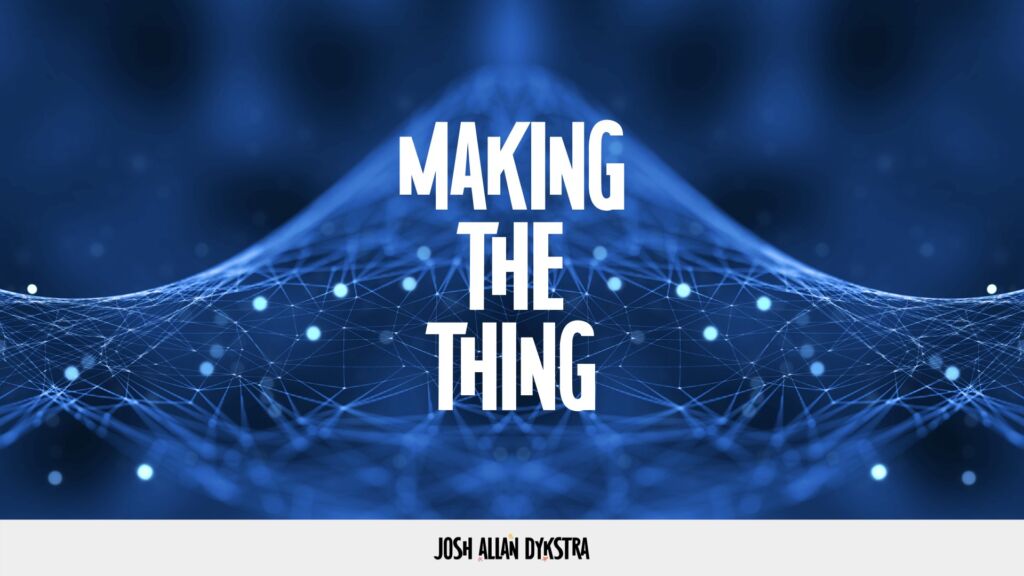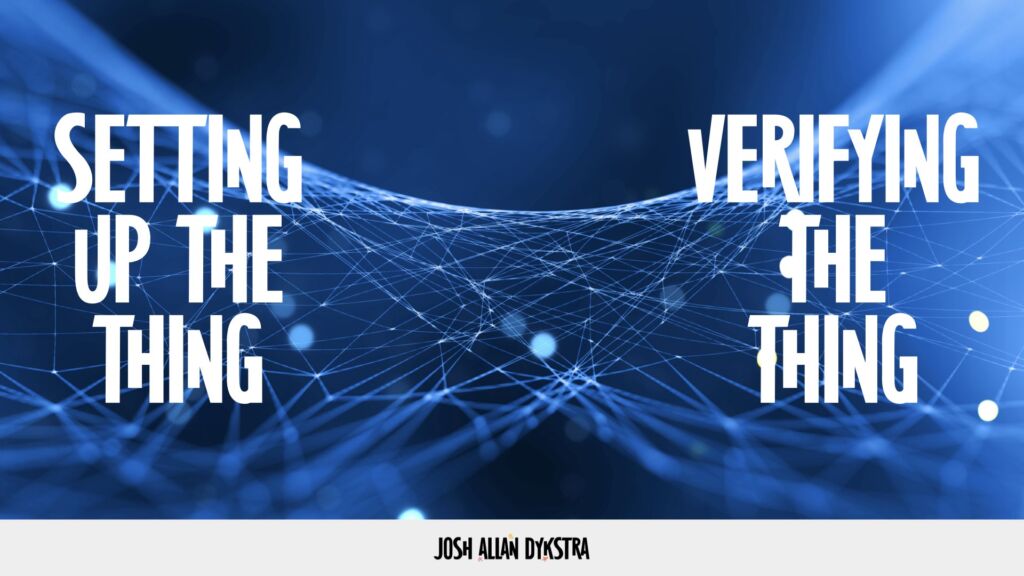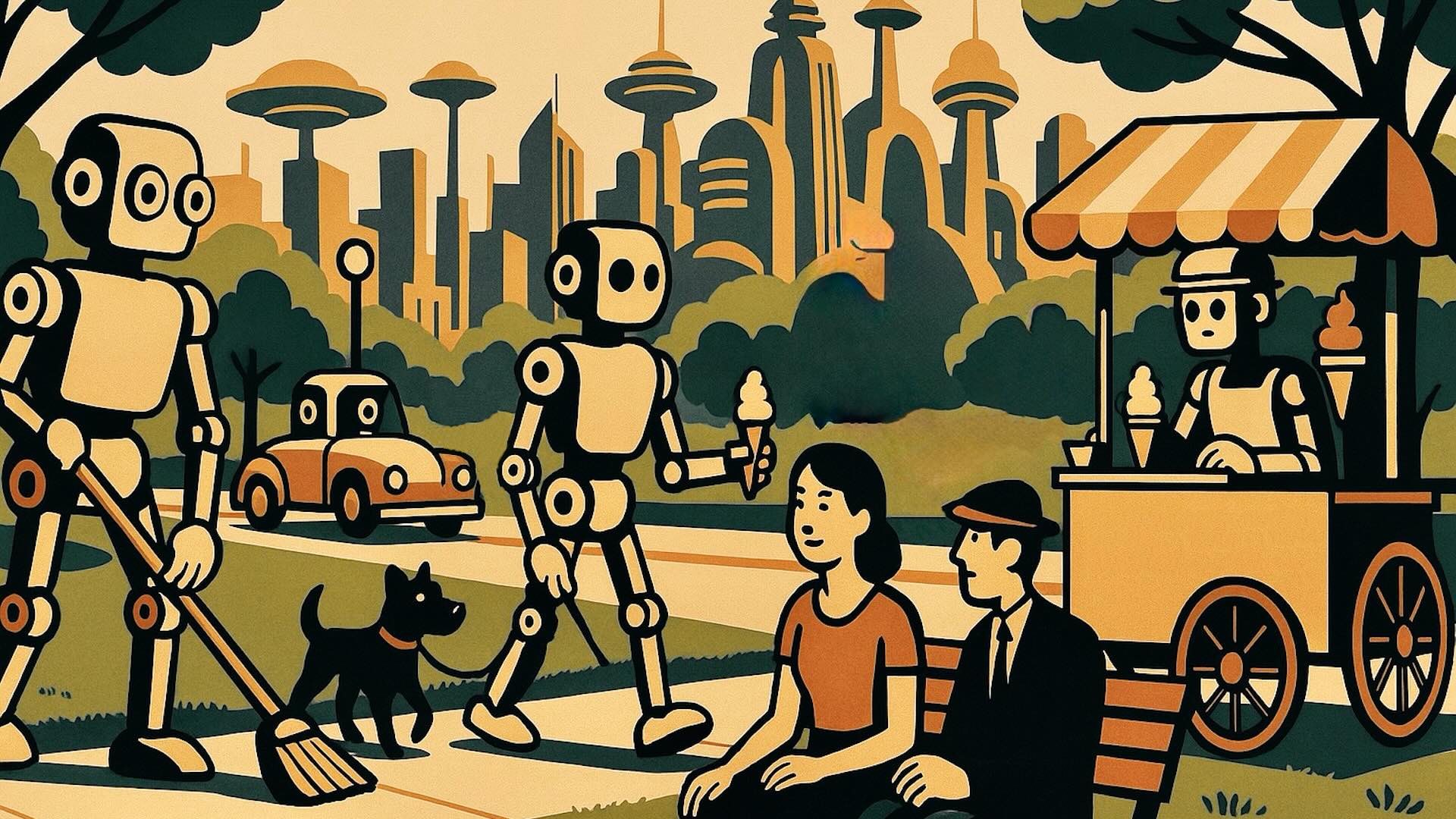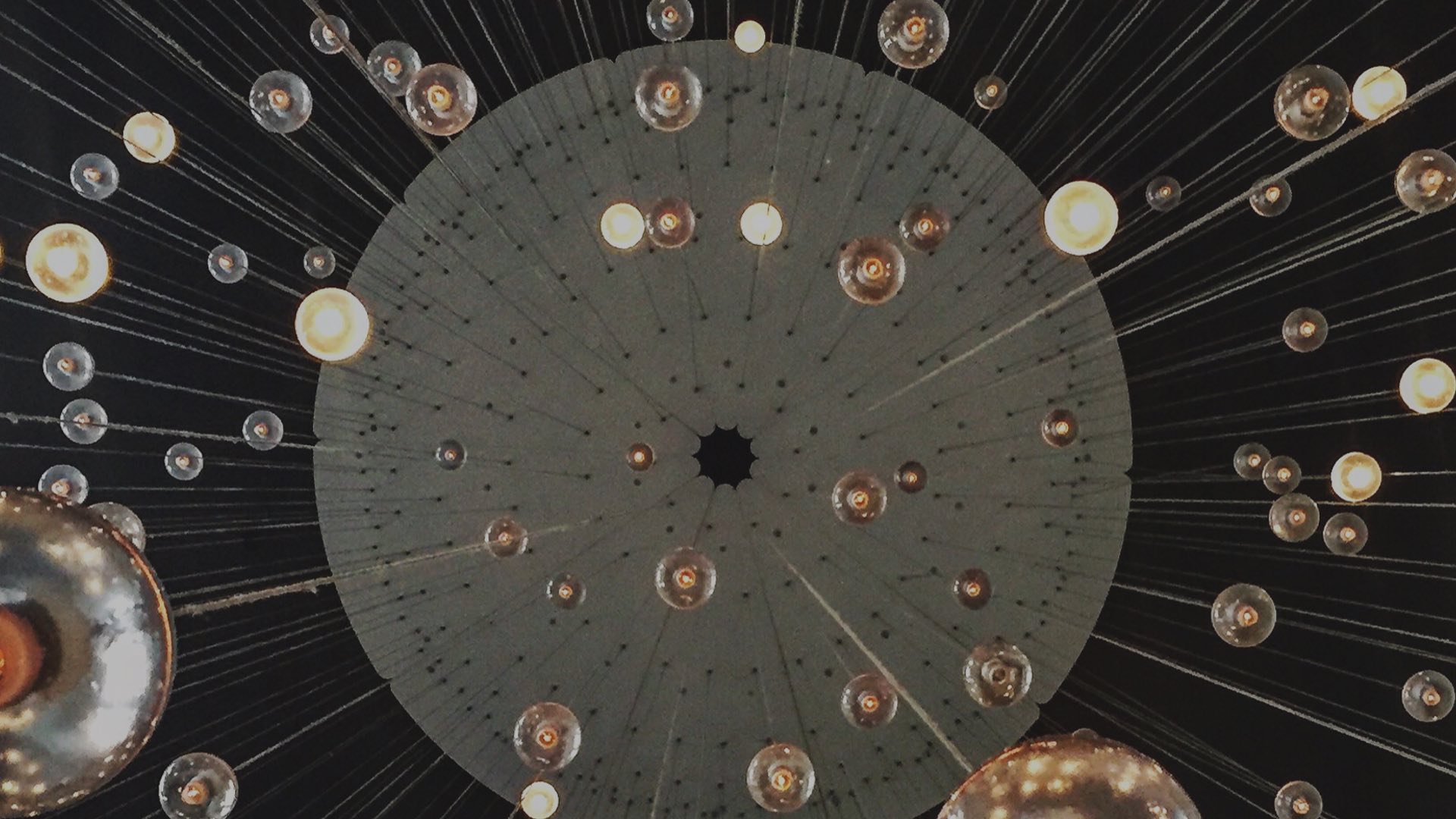Remember 6 weeks ago when we talked about a $1.5 billion settlement that Anthropic, makers of the LLM named Claude, were potentially going to have to pay to the authors whose pirated books they used to train their models?
Well, Judge William Alsup preliminarily approved this settlement on September 25. Three thousand dollars a book; the largest copyright recovery in history.
It sounds like justice.
But I don’t think it is.
What I think just happened is my fears just came true: the future value of creative work was sold for pennies on the dollar.
I’m afraid Anthropic — and every other A.I. company watching — just learned the price of asking forgiveness instead of permission. They’re securing the right to keep profiting from the labor of artists, writers, and musicians forever by paying a one-time settlement that only feels fair because we’re not yet living in the future where A.I. is generating trillions.
They know what’s coming, so they’re locking in the upside now while everyone else is still arguing about copyright.
So, yes — the authors are getting paid.
But the real story here actually isn’t about justice.
It’s about a massive power transfer — from the creators of culture to the owners of algorithms.
This doesn’t feel great. But it’s important for us to see clearly what’s happening.
And it’s where our State of the A.I. Union begins.
Today I want to give you a bit of a roundup on what’s happening out there in the world of A.I. It can be a lot to digest (that feels like the understatement of 2025) so let me bring you up to speed on the most important A.I. headlines from the last couple weeks…
The WeChat-ification of the West
On Tuesday, Walmart announced a new partnership with OpenAI.
Soon you’ll be able to open ChatGPT, tell it “I’m hosting taco night tonight,” and it’ll shop for the ingredients, checkout automatically, schedule the pickup, and get you your shredded cheese.
This is obviously not “search” anymore. It’s more like assistantship. They’re calling it “agentic commerce” — A.I. that doesn’t just find what you want, but does what you want.
Around the other side of the globe, something kind of like this has actually been around for a while… in a way. In China, there’s an app called WeChat — one app that basically runs your whole life. You message, shop, bank, order food, hail a ride, and pay rent — all in one app.
I think this is a pretty good proxy for where A.I. companies want to go.
Just think of “chat” as the new interface for everything.
On the vendor/supply side, I suspect it’ll be a little bit like the App Stores we know and love. The people who sell things, like Walmart, will just be building a “chat interface connection” (instead of an “App”) to get their stuff into the conversation so transactions can be made.
This is a BIG deal, at least on the consumer experience side of things. It really is going to change our experience of how we buy things via technology.
And I’m increasingly convinced this is where A.I. goes.
We’re entering the era of the “conversationalization” of everything.
Basically, everything happens inside a conversation. And the goal would be to keep you in one continuous chat all day long. Think about it: if everything throughout your day transpires in one long dialogue, it can all be remembered and analyzed for patterns, which means the tech can then become predictive and anticipatory.
On the whole, there’s a lot to like about this — I would love to not have to feel guilty because I forgot to pick up yogurt for my kids on my way home… but I’m not in trouble because my A.I. remembered…!
Regarding Walmart and ChatGPT specifically, it’s not entirely clear when this ability will be available to everyone, but this direction is NOT science fiction — it’s coming to a chatbot near you, very soon.
Your Personal A.I. Is Coming
When you connect the dots, we clearly see that all the major A.I. players are building something much bigger than a chatbot — it’s something more like a personal assistant.
It’s going to remember who you are, see what you’re doing, and act on your behalf.
Under the hood, it’s like our friendly chatbot is getting a pair of digital hands.
It will be able schedule, summarize, shop, email, design — it’s going to be able to do the thing, not just talk about the thing.
That’s the next revolution in A.I. tech.
The age of tech as search tool is ending; the age of tech as assistant is beginning.
We used to say, “There’s an app for that.” Soon, we’ll just say, “Ask your A.I.”
Rosie Rebooted
What else is next?
Some of you remember Rosie the Robot from The Jetsons — the wisecracking housebot who handled the chores while the humans chased adventure?
Well, some sixty+ years later, Rosie’s almost ready to step out of the cartoon and into your kitchen.
A couple weeks ago, a company called Figure A.I. unveiled the Figure 03 — a five-foot-six humanoid robot designed for home life. It can load the dishwasher, tidy the counter, even start a load of laundry… although folding t-shirts still seems to require a human touch. It’s designed to never be stronger or faster than a human. It’s powered by a sophisticated 3-part neural network called Helix, and the company is backed by heavy hitters like Salesforce, Nvidia, Microsoft, OpenAI, and Jeff Bezos. They’re calling humanoid robotics a $40 trillion opportunity — they get that number by roughly calculating the value of all human physical labor on Earth.
Most of us have seen enough science fiction movies to get a little wiggly when we think about humanoid robots.
But here’s the thing: I don’t think this is the robot apocalypse.
I think it might help unlock the future we want.
Remember, this is the original promise of technology — to release humans from drudgery.
In the Jetsons, Rosie may have been snarky, but she was never a threat; she was a dream. She represented a future where machines do the dull, dirty, and dangerous work so humans could focus on the things that make us feel alive — creating, connecting, imagining.
If the last few years were about teaching A.I. to think and talk, 2026 might just be the year it learns to actively help.
This is the optimistic future we were promised; not a sterile or scary tomorrow, but one that’s big and beautiful.
Not A.I. replacing us — A.I. releasing us.
The White-Collar Diaspora
Now let’s bring this back down to Earth a little, because as much as the billionaires would like it, the robots aren’t showing up at Costco tomorrow.
But there is an A.I. shift that’s already here… especially for white-collar workers.
A few months ago, I talked about a white-collar diaspora in my newsletter; it’s an article called The Most Important Thing We Don’t Understand About A.I. if you want to check it out.
I’m pretty sure this revolution is coming sooner than Rosie.
Let me help you understand a bit more about what this transition will look like.
It’s helpful to think about what our daily work looks like; as in, what are the outputs of the things we do all day.
For decades, our white-collar jobs have lived right in the middle.

“Making the thing.”
Our outputs were PowerPoints. Spreadsheets. Reports. Proposals. That was the work, making those things.
But A.I. is simply better and faster at the middle than we are.
So our value is going to move to the edges.

“Setting Up the Thing” and “Verifying the Thing”
We’ll focus more on the beginning — setting context, defining purpose, asking the right questions — and the end — evaluating results, applying judgment, adding meaning.
In short:
We’re moving from production to direction.
From doing the thing to defining the thing.
If your work is knowledge work, this is a species-level shift for you.
When some of these other things come online, like the humanoid robots, we’ll see another big shift happen in the world of blue-collar work.
The real story hiding behind all the headlines is that, at least for now, we’re seeing more reorganization than replacement. It’s a redistribution of where our human brilliance lives in the overall processes of work.
The New Choreography of Being Human
When we put it all together — copyright reckonings, conversational commerce, humanoid helpers, and a reallocation of work tasks — we can start to feel the pattern.
We’re not just building smarter tools.
We’re building a new choreography for what it means to be human.
The machines are learning to handle the middle — the repetition, the reaction, the routine.
And we’re being invited to rise into the edges — the context, the meaning, the imagination, and the wisdom that only humans can bring.
So that’s my current “State of the A.I. Union.”
It’s not about fearing the future, nor is it about worshiping the tech. It’s about remembering what technology is for in the first place: to make more room for curiosity, for creativity, for life.
If Rosie was the dream, maybe this is the decade we finally make her proud.
Not because she replaces us — but because she reminds us what we’re here to do.
Hello, Tomorrow
Because the story of A.I. isn’t really about machines.
It’s about what kind of humans we want to become.
If we get this right — if we design technology that regenerates energy instead of draining it, that serves humanity instead of stealing from it — then we’ll look back on this moment as the beginning of something extraordinary.
It could be the time when the tools got smart enough for us to finally stop pretending to be machines.
It could be the time when work started to feel less like survival and more like creation again.
So yeah — let’s let the chatbots chat, let the robots fold the laundry.
Our job is to build the world worth living in once they do.
That’s the real future of work.
Not less human — more.
Hello… tomorrow!


